Updated: 20-Aug-2018
Independent aircraft and engines manufacturer, precisely their aircraft were well known in the wake of WWII.
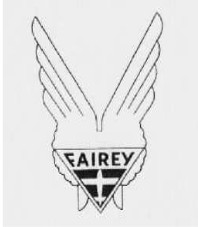
"Fairey logo"
-In its engine facet there was a first engine known as the "Felix" and that was a Curtiss D-12 manufactured under license. (See Curtiss).
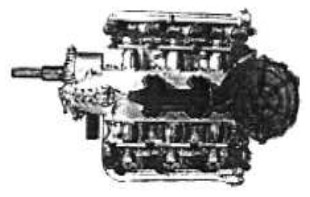
"P-24"
-The "P-24" has been a stranger. It had 24 cylinders in vertical H and had very good test results, but with little luck in its application also due to the boycott of the habitual manufacturers in the sector.


"Two views of the P-24"
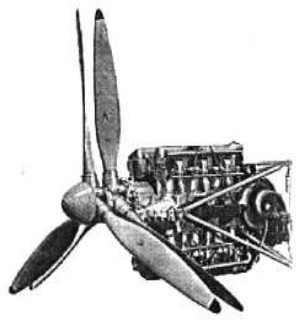
"P-24, Monarch"
-The P-24 gave 2,200 hp to be developed up to 3,000 hp. This engine was also from 1939.
-It had two crankshafts that joined power in a front gearbox that included reducing gear.
-The contra-rotating propellers were also made by Fairey.
-At the rear of the engine, there were two mechanical superchargers, one on each side of the engine feeding the six top cylinders and the six bottom ones.
-Fairey is also known for the creation of a rocket engine, the "Beta", but without more information at the moment.
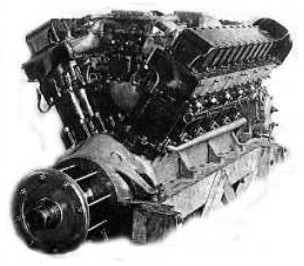
"Fairey Felix"
-In the 1950's and 1960's, they did tests with the large "Rotodyne" convertiplane with a patented propulsion system consisting of rotating the rotor by jets located at the blade tips.
-Other projects, which are not referred to in the main text, are small turbine engines that were mounted on the blade tips of a rotor. This was in 1944.
-One of these projects was a tiny basic turboprop engine. The other was a pure turbojet engine.

“Turboprop”
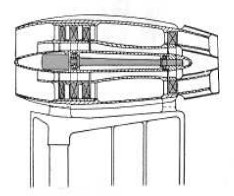
"Turbojet"
From Appendix 6: In the year 1947 the guided missile "Stooge" was presented. It had four booster rockets for launching and internal main rocket engines for cruising.
-Bearing in mind that the end of the WWII was recent, it had reminiscences of the German V-1 and the Japanese Baka.
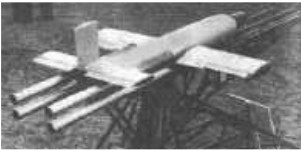
"The four solid boosters on the Stooge"
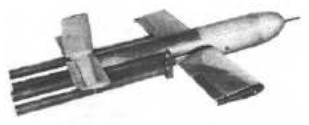
“Another picture of the Fairey Stooge”
-From the Fairey brand we now show the Beta rocket engine.
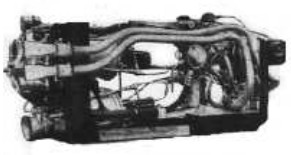
"Fairey based on German designs"
-The two exhaust pipes that pass at the front are those of the turbo pumps that run on peroxide.
-The next Fairey rocket engine was the Beta II that we showed in its "Power Egg".
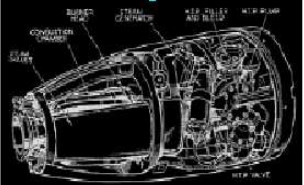
“Fairey Beta II, Drawing from Flight" (PiP)
-Two helicopter projects are also provided with rotors that had pressure jets at their marginal edges.

"1946 project"
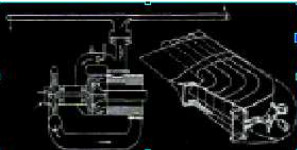
"1947 project" (PiP)
-In this last case, we can compare the great similarity with the Doblhoff project.
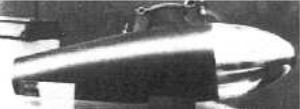
"Fairey pressure jet outlet"
-Fairey had made two devices for rotor tips such as air or gas pressure jet outlet and a pulsejet.

"Fairey rotor tip pulsejet"
-Fairey intervened in part of other missiles like the STV.1 separation device on the Fireflash.
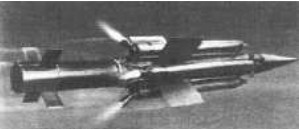
"Fairey Fireflash"
-Another view of the first radio-guided missile mentioned in the main text with its four booster rockets.

“The Fairey missile”
-For the Rotodyne, the interesting aerodyne that was made by this brand in the 1950's, we know that the driving engines were Napier Eland, and generating air with their additional compressors
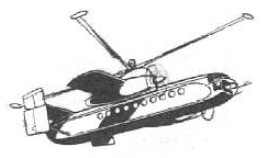
“Rotodyne aspect”
-This air was directed to the blades of the main rotor where at its end there was an additional combustion to propel them.

"Combustión chamber"
-These engines were simple combustion chambers as we see now. Known as "Pressure-jet".

"Assembly with muffler"
From Appendix 9: Next, some paragraphs omitted in the last re-edition and that has been rescued, because they are important:
-A Ministerial Order did not allow them to manufacture engines because there was no space between Rolls-Royce and Bristol.
-There was the "Monarch" P-24 model, but to get to this point, before they built the "Prince" P-12 and P-16.
-The P-12 "Prince", 12-cylinder V engine giving 710 hp had a "Super Prince" version of 830 hp. This was in 1930.
-A P-14 appears in a publication. Also "Prince." But it was difficult to fit for the number of cylinders.
-The P-16 was a 16-cylinder H-engine, with 4 rows of four cylinders, and delivered 1,540 hp (year 1939).
Engines of FAIREY
Model: Beta y Beta II
Arquitecture:
Chambers:
Fuels:
Feed System:
Ignition:
Thrust:
Weight:
Model: Cohetes solidos y liquidos
Arquitecture:
Chambers:
Fuels:
Feed System:
Ignition:
Thrust:
Weight:
Model: Felix
Arquitecture: V-Engine
Cooling:
Total Displacement:
Bore / Stroke:
Power: 435 HP
Weight:

"Fairey Felix"
Model: P-12 Prince
Arquitecture:
Cooling:
Total Displacement:
Bore / Stroke:
Power:
Weight:
Model: P-16 Prince
Arquitecture:
Cooling:
Total Displacement:
Bore / Stroke:
Power:
Weight:
Model: P-24 Monarch
Arquitecture:
Cooling:
Total Displacement:
Bore / Stroke: x
Power:
Weight:

"Fairey P-24, Monarch"
Model: P-24 Prince
Arquitecture: 24-cylinder H-Engine
Cooling:
Total Displacement:
Bore / Stroke:
Power: 3000 HP
Weight:

"Fairey P-24"
Model: Pulsejets
Arquitecture:
Chambers:
Fuels:
Feed System:
Ignition:
Thrust:
Weight:
Model: Statos del Rotodyne
Arquitecture:
Chambers:
Fuels:
Feed System:
Ignition:
Thrust:
Weight:


